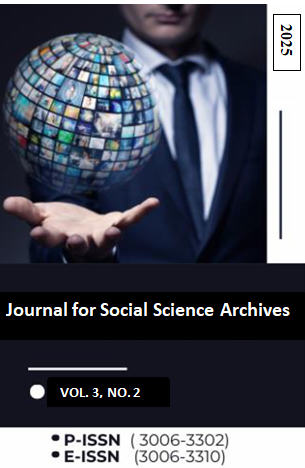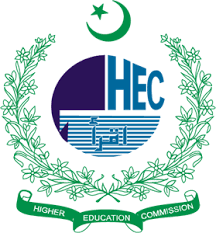Space and Time: Narrative Analysis of Najdi’s Selected Short Stories
DOI:
https://doi.org/10.59075/jssa.v3i2.224Keywords:
Bijan Najdi, Narrative , Narrative analysis, Point of view, short storyAbstract
This research presents a narrative analysis of selected short stories of Bijan Najdi by using Fowler-Upensky’s model of point of view, aiming to shed light on the significance of spatial and temporal perspectives in shaping the narratives and exploring their impact on the lives of characters. The selected four selected short stories are A Rainy Tuesday (2019), Trusted to Earth (2021), Pool of Nightmares (2020), and An American Indian in Astara (2019). The research objectives revolve around examining the role played by time and place in the selected short stories and their significance in character development. The findings indicate that Najdi skillfully employs spatial descriptions and locative expressions to create immersive settings, while temporal markers add depth to the narratives by exploring past and present. Through this analysis, this research provides a deeper understanding of Najdi's modern writing technique. The interplay of spatial and temporal perspectives contributes to the multi-dimensional nature of the stories, presenting a compelling portrayal of human experiences amidst various contexts. It underscores the enduring power of storytelling as a means to reflect on the human condition, societal dynamics, and the quest for meaning in a complex world.
Downloads
Published
How to Cite
Issue
Section
License
Copyright (c) 2025 Journal for Social Science Archives

This work is licensed under a Creative Commons Attribution 4.0 International License.



